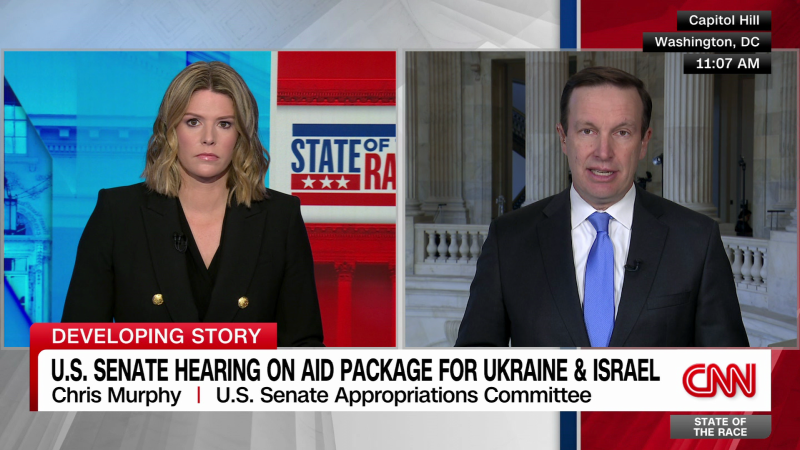An earlier version of this story referred to the wrong day of the week. The article has been corrcted.
Oil futures traded lower Tuesday afternoon, after dropping more than 3% the previous session, and remained on track for monthly losses as a risk premium tied to fears the Israel-Hamas war could threaten crude supplies eroded.
Price action
-
West Texas Intermediate crude for December delivery
CL00,
-1.43% CL.1,
-1.43% CLZ23,
-1.43%
dropped $1.13, or 1.4%, to $81.18 barrel on the New York Mercantile Exchange. Prices based on the front-month contract traded more than 9% lower for the month as of Monday’s settlement, according to Dow Jones Market Data. -
December Brent crude
BRNZ23,
-0.03% ,
the global benchmark, rose 6 cents, or 0.1%, to $87.51 a barrel on ICE Futures Europe, trading down over 8% for the month as of Monday. January Brent
BRNF24,
+0.14% ,
the most actively traded contract
BRN00,
+0.14% ,
dropped $1.12, or 1.3%, to $85.20 a barrel. -
November gasoline
RBX23,
+0.34%
rose 0.1% to $2.222 a gallon, while November heating oil rose 0.5% to $2.982 a gallon. -
December natural gas
NGZ23,
+6.47%
gained 7.8% to $3.614 per million British thermal units. As of Monday, front-month prices were down over 14% for the month.
Market drivers
On the Middle East front, oil traders have “likely shifted into efficient market mode, waiting for signs of a definitive escalation that imperils supply before taking prices higher,” Stephen Innes, managing partner at SPI Asset Management, said in market commentary.
WTI has erased gains seen since the Oct. 7 attack on southern Israel by Hamas from Gaza, while Brent has significantly trimmed its gains since the start of the war despite continued risks of a wider conflict.
The biggest worry surrounds Iranian oil flows, which could see up to 1 million barrels a day of crude knocked off the market if the U.S. were to more strictly enforce sanctions on the country’s exports, said Warren Patterson and Ewa Manthey, commodity analysts at ING, in a note.
So far, however, the conflict hasn’t yet affected oil supply.
“In the absence of supply disruptions from the region, it is difficult to see a significant and sustained upside in prices,” they said.
Still, the situation in the Middle East is fluid. Saudi Arabia’s military is on high alert after deadly clashes with Yemen’s Iran-backed Houthi rebels, who attempted to fire a missile over Saudi Arabia toward Israel, Bloomberg reported late Monday citing people familiar with the matter.
Strategists at Macquarie wrote in a recent note that they remain bearish on oil, but “recognize upside risks associated with the Middle East conflict.”
They do “not expect a supply disruption without material escalation,” and while they did not believe that a full conflict resolution was needed for the “risk premium to bleed out,” the Macquarie strategists said they were still “surprised at the rate of the pull back” in prices.
Read the full article here







